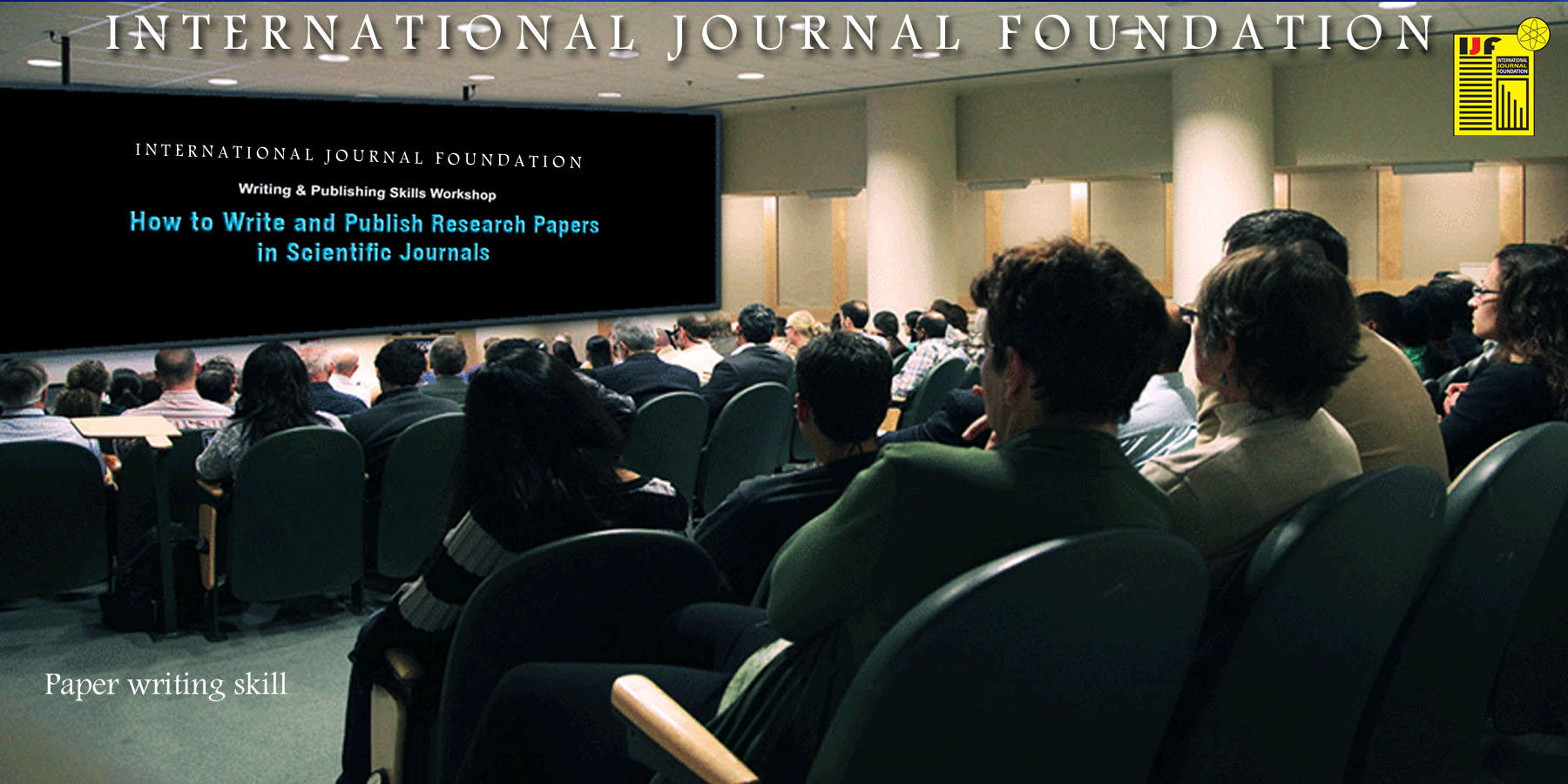2021
MARCH 2021/ Vol.59.0/ Issue-I
CATEGORY : Research Topic on Applied Geology [ Original Research Article ]
| SL.No. | Detailed information of the published article |
| 1 | Manuscript Title : Provenance of the cretaceous to tertiary sequences in the Bornu Basin, Nigeria. Author’s Name : Peter S. Ola ,1 John A. Adekoya2 Article Type : ORIGINAL RESEARCH ARTICLE Country from : NIGERIA Date of Publication: 10-07-2021 Journal Name : Advance Research Journal of Multidisciplinary Discoveries [ ISSN : 2456-1045 ] Article Identification : Vol. 59.0/Issue-I/Chapter-I/Page – 01-0610 [MARCH-2021 EDITION ] Article Code : AGEO-V59-I1-C1-MAR-2021 Status : Officially published Publisher : International Journal Foundation Download PDF : Full article (Pdf) Doi No : 10.5281/zenedo.5089882 ———————————————————————————————————————————– ABSTRACT: Geochronological ages derived from zircon grains (U – Pb age dating) from Basement Complex rocks surrounding the Bornu Basin, Nigeria and ditch cutting samples from six wells (Gaibu – 1,Kasade – 1, Kinasar – 1, Kutchali – 1, Mbeji – 1, Ngor – 1) located in different parts of the basin were compared in this study for provenance evaluation. Based on field work carried out, three main suites of crystalline rocks in and around the Bornu Basin sample dare: migmatite–gneiss complex, Older Granites (Pan African granites), and Tertiary Basalts. click here The gross geochronological data from the Basement Complex rocks show the predominance of Pan African age varying from about 500-600 Ma. Few of the basement samples yielded higher ages, particularly those from Goza 2 and Kano road, which are characterized by U-Pb age ranging from more than 1500 to 2500 Ma. The U-Pb age of 13 ditch cutting samples taken from different stratigraphic units of different ages in six selected wells in the basin yielded ages that are remarkably similar except in two cases. Essentially, a mean age of about 600Ma was obtained for the samples. The geochronological data of the sediments, in spite of being deposited at different times in the Cretaceous and Tertiary, correlate neatly with those of the Basement Complex rocks surrounding the basin. This indicates that the bulk of the sediments in the Bornu Basin were derived from its surrounding Basement Complex rocks.KEYWORDS: Bornu basin, Basement Complex, provenance, Pan African, U-Pb age.

|
CATEGORY : Research Topic on Medical Science [ Original Research Article ]
| SL.No. | Detailed information of the published article |
| 2 | Manuscript Title : Adolescents Reproductive Health: Aspects of free sex prevention knowledge and behavior Author’s Name : Muhammad Azmiyannoor1, Zaliha2, Fatma Liliansi Nora3, Nurul Salsabila Yasmina4 Andini Octaviana Putri5 Vina Yulia Anhar6 Fauzie Rahman7 Anggun Wulandari8 Article Type : ORIGINAL RESEARCH ARTICLE Country from : INDONESIA Date of Publication: 10-07-2021 Journal Name : Advance Research Journal of Multidisciplinary Discoveries [ ISSN : 2456-1045 ] Article Identification : Vol. 59.0/Issue-I/Chapter-II/Page – 11-16 [MARCH-2021 EDITION ] Article Code : MDS-V59-I1-C2-MAR-2021 Status : Officially published Publisher : International Journal Foundation Download PDF : Full article (Pdf) Doi No : 10.5281/zenedo.5089898 ———————————————————————————————————————————– ABSTRACT: Free sex behavior among adolescents continues to increase, so that it needs special attention from all circles. Cases of unwanted pregnancy, abortion, and premarital sexually transmitted diseases are increasingly occurring. Knowledge and behavior about adolescent sexuality are the main factors for free sex behavior in adolescents. The purpose of this study was to determine the relationship between aspects of reproductive health knowledge and free sex behavior in adolescents. click here The research method is analytic observational with a cross-sectional design. The study was conducted on adolescents with vulnerable ages 10-24 years, amounting to 81 people in Hulu Sungai Regency with proportional simple random sampling. Univariate analysis using frequency distribution tables and bivariate using the chi square test with Cl 95% and alpha 0.05 to determine the relationship between knowledge of reproductive health and adolescent sexual behavior. The results showed p-value = 0.30> 0.05 which indicated that there was no relationship between knowledge of reproductive health and free sex behavior among adolescents in North Hulu Sungai Regency.KEYWORDS : Reproductive Health, Adolescents, Free Sex.

|
CATEGORY : Research Topic on Education [ Original Research Article ]
| SL.No. | Detailed information of the published article |
| 3 | Manuscript Title : Tolerance Level Difference between State School Students and Religious-Based School Students on Peatlands Author’s Name : Rika Vira Zwagery 1Marina Dwi Mayangsari 2Rendy Alfianoor Achmad 3 Nor Mai Leza4 Article Type : ORIGINAL RESEARCH ARTICLE Country from : INDONESIA Date of Publication: 10-07-2021 Journal Name : Advance Research Journal of Multidisciplinary Discoveries [ ISSN : 2456-1045 ] Article Identification : Vol. 59.0/Issue-I/Chapter-III/Page – 17-21 [MARCH-2021 EDITION ] Article Code : EDU-V59-I1-C3-MAR-2021 Status : Officially published Publisher : International Journal Foundation Download PDF : Full article (Pdf) Doi No : 10.5281/zenedo.5089968 ———————————————————————————————————————————– ABSTRACT: The crisis of tolerance in Indonesia is increasing significantly; many frictions between religious communities happened and even made a fight between them. Because of it, harmony and tolerance between religious communities are needed to avoid disunity. The condition of tolerance among religious people in each region is different; the differences level of tolerance in a person can be influenced by their regional origin and education.click here The purpose of this study was to determine differences in tolerance of students with different educational backgrounds, namely students in public schools and students in faith-based schools. The study was conducted in state-based (SMP) and religion-based (MTS) junior high schools in South Kalimantan Peatlands. Subjects numbered 244 people, with 122 junior high students and 122 religion-based junior high school students. This research is a comparative descriptive study comparing tolerance between students in public schools with students in religious base schools. Based on the results of the independent sample t-test obtained p = 0.006 (p <0.05), there is a difference in religious tolerance between students attending public schools and students attending religious-based schools. Based on these results, it is known that junior high school students have a higher tolerance level than religious-based schools students because junior high schools or state schools are heterogeneous so that it is easier to accept differences, whereas religious-based schools are homogeneous more challenging to accept differences because they will assume that all people are the same so they might make conflicts occur and therefore religious tolerance is needed between one another. Besides education, other factors that influence tolerance are found, namely, gender. It is known that women have a higher tolerance attitude than men.KEYWORDS : Tolerance, Religion-based school, Students

|
N.B: We are still in the process of publication, more paper will be added shortly in this issue.
(i) To Publish your paper in our upcoming issue send your article directly at article.ijf@gmail.com
![]()
![]()
![]()
![]()
![]()
















